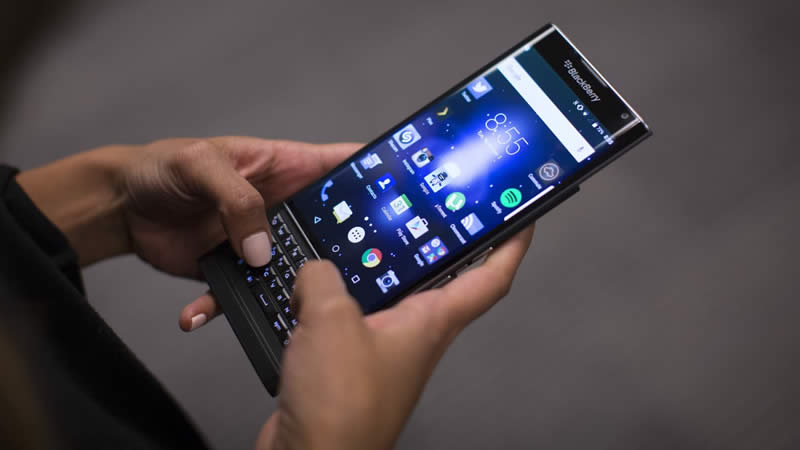BlackBerry, Google and Qualcomm Join Forces to Drive Advancements in Next-Generation Automotive Cockpits

BlackBerry has the availability of a QNX hypervisor and a VIRTIO-based reference design for virtualizing the Android Automotive OS on the Snapdragon® third-generation Automotive Cockpit Platform.
The automotive industry combines various cabin functions such as digital instrument clusters, infotainment, and head-up display to form uniform digital cockpit architectures that all work on a single, extremely powerful basic system-on-chip (SoC).
This hybrid criticality architecture tightens the integration between previously discrete functions in the cabin to provide a cockpit domain controller solution while supporting a unified user experience for the consumer and at the same time reducing overall costs.
VIRTIO is an open standard that defines the interface between Android Automotive OS and the underlying hypervisor to provide the full Android Automotive OS experience. The combination of the QNX hypervisor and the virtual app from QNX makes it possible to make Android Automotive OS ready for immediate use without any modifications.
This allows systems deployed in the field to be easily updated to newer versions of Android Automotive OS as they become available. The VIRTIO interface is standardized, but the implementation of the interface is not.
The BlackBerry QNX reference has been expanded to support dynamic graphics sharing between Android Automotive OS apps in the infotainment area and the digital instrument cluster, support for shared Vulkan pull streams, and system-wide audio management for the holistic management of all audio in the car. The BlackBerry QNX VIRTIO application adds 10 additional virtual devices to the 25 virtual devices currently available in the QNX hypervisor family of products.
The QNX hypervisor-based reference design includes an infotainment system with Android Automotive OS and a digital instrument cluster virtualized by the QNX hypervisor that runs on a single Snapdragon Automotive Cockpit Platform. This architecture will also allow automakers to enjoy the freedom from interference required to obtain safety certifications while delivering the full Android Automotive OS experience.
The reference design demonstrates fast booting and sharing of audio, graphics, video (camera), touchscreen, car HAL sharing, USB, and video stream between digital instrument cluster and infotainment system with Android Automotive OS. The ultimate cockpit experience.
The QNX cockpit reference design is now available as part of the QNX Advanced Virtualization Framework.


